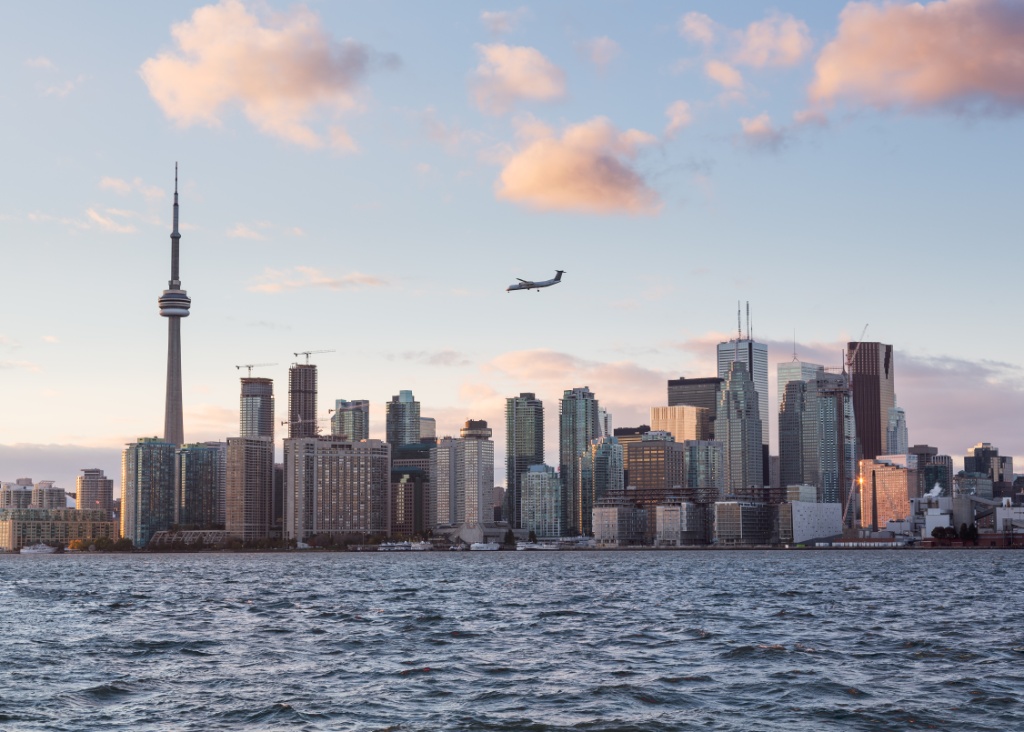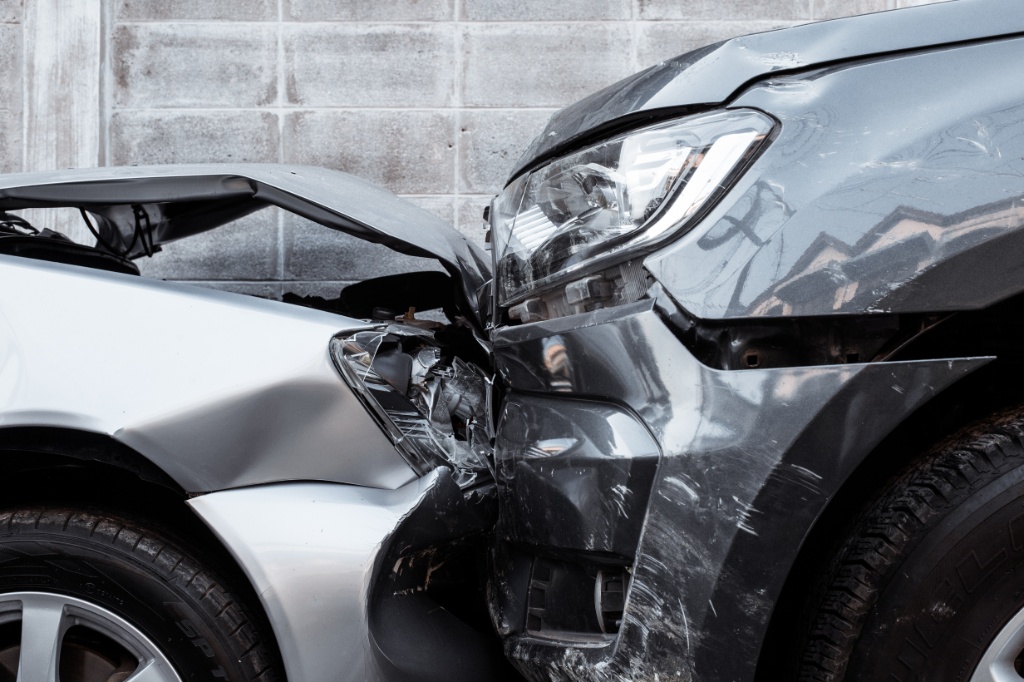June 13, 2019 | airplane accident Claims
Ontario Airplane Accident Lawyer
Table of Contents
Ontario Airplane Accident Lawyer
Most people boarding a jet airline are excited about their upcoming vacation, looking forward to heading home to see family, or are mentally preparing for a business trip. Passengers on planes are eager to see their world from a new perspective, or are simply traveling out of necessity to access what would normally be an inaccessible place. No one is ever prepared for things to go horrifically wrong in the sky. Unfortunately, many plane accidents end with extreme tragedy. If you were a victim in any type of aviation crash or even a plane accident that occurred on the ground, Preszler Injury Lawyers is here for you. Our Ontario airplane accident lawyers have decades of experience litigating complicated and highly emotional aviation accidents, and know how to get results for our clients. We have been serving Ontario since 1959, compassionately helping grieving families with wrongful death claims, as well as surviving passengers who have come away with serious and sometimes debilitating injuries.
Commercial Plane Crashes
Jet airlines come to mind for most Canadians when they think of flying, and for good reason. The vast majority of people who fly do so in commercial jets. Commercial aviation has become one of the safest, if not the safest, forms of travel thanks to technology and extreme care of air traffic control. In fact, flying commercially is safer than ever. In 2017, only two flights out of 35 million resulted in fatalities, according to research by To70 and reported by Quartz. However, these numbers change from year to year, of course. In 2018, there were over 500 fatalities caused in commercial aviation crashes, according to Reuters.
Commercial Plane Accidents Not Involving A Crash
When commercial airlines do crash, however rare that is, dozens or even hundreds of people often end up losing their lives in a single event. These crashes or crash landings also result in serious injuries for hundreds of other passengers. Common injuries sustained in plane crashes include broken bones, severe whiplash, traumatic brain injuries, contusions, lacerations, and burns. While plane crashes, of course, cause the most severe injuries and the most deaths of all types of plane accidents, many commercial aviation injuries occur when the plane is grounded or still flying. For example, these in-flight and grounded incidents may include a sudden drop in elevation, turbulence, or an unexpected turn. A few examples of injury-causing accidents that do not involve a crash include:
- Being hit by a service cart that was not locked or held in place;
- Being struck by luggage from overhead during severe turbulence;
- Getting sick from being served spoiled food; and
- A hot drink spilling, resulting in burns.
Private Plane Crashes
Private planes are much more dangerous than commercial jets. In fact, flying on a private propeller plane or jet is almost as dangerous as driving, in terms of deaths per miles traveled, according to Live Science. The reason why flying in a private plane is so much more dangerous than flying commercially is pilot experience and lack of technology that large jets are equipped with. A small propeller plane has no extra engine to rely on when its sole engine fails. A small jet or propeller plan may not have a co-pilot, navigation system, or safety systems that warn pilots when they get too close to mountains at night. Additionally, private planes lack the routine inspection and maintenance that is required for commercial jets.
International Plane Accidents: Montreal Convention Of 1999
The Montreal Convention of 1999, which is the modern version of the Warsaw Convention, overseas international plane accident compensation for more than 130 countries that have ratified the Convention. In order for the Montreal Convention to apply, the flight accident must occur between travel from one participating country to the next. Under the Convention, there are two tiers of liability that an airline carrier has. For the first 100,000 Special Drawing Rights (SDR), which is equivalent to approximately $185,450 CAD, the carrier is strictly liable for proven damages. These damages must be caused in the following:
- A plane accident resulting in injury or death; and
- The accident occurred on the plane, getting on the plane, or getting off the plane.
After the first 100,000 SDR, the carrier then has the burden of proof to show that the accident was caused by another party or was not caused by its own negligence. As such, when a passenger seeks 100,000 SDR or less, a carrier cannot seek this third-party defence. The statute of limitations for filing a lawsuit is two years, starting from the date of the crash.
Filing A Claim Under The Montreal Convention In A Canadian Province
As a Canadian, you have the ability to sue an airline that is a foreign carrier. This lawsuit can be filed here in Ontario, despite the crash happening in another country or the carrier not being a Canadian company. In order to file a claim or lawsuit, you must be able to establish at least one of the following:
- The carrier is ordinarily a resident in the province;
- The carrier has a principal place of business in the province;
- The carrier has an establishment by which the contract has been made (did they sell the ticket in Ontario); or
- The final destination of the flight was in Ontario.
Causes Of Plane Accidents
All plane accidents must be thoroughly investigated to determine the cause of the incident and who should be held liable. For example, a commercial carrier would be liable if the pilot’s poor judgment led to the crash, and a manufacturer would be liable if it is found that the crash was caused by a defective product. As a plaintiff, you can be sure that all relevant parties will attempt to either limit their liability, deny it outright, or attempt to devalue your claim be arguing that your damages are not as extensive as you claim them to be, which is why you must work with an aviation accident lawyer.
- Pilot error: Pilot error is the leading cause of commercial aviation accidents. However, unlike traffic collisions in which drivers are responsible for well over 90% of crashes, pilots are only responsible for commercial aviation accidents around half of the time. Additionally, there are usually many other systems that act as fail-safes before a pilot has to make a critical decision that is either the right or wrong decision to make.
- Navigation, autopilot, or other computer system failures: Much of commercial flying is dependent upon autopilot and sophisticated navigation systems. When these critical features fail, a pilot may not have time to make a correction, or the system may not allow the pilot to override the computer.
- Mechanical problems: There are tens of thousands of tiny moving parts in each wing alone, let alone within the engine and the other parts of a large commercial jet. Small propeller planes have less to go wrong, but because they often have just a single engine, if it fails there is nothing for the pilot to do other than attempt to glide the plane into a crash landing. Mechanical issues are generally the fault of engineers, inspectors, manufacturers, and maintenance personnel.
- Air traffic control errors: Air traffic controllers have immense responsibilities. This high pressure job is crucial for safe navigation of airways, and pilots have to gain clearance by air traffic control before making any takeoff, taxiing, or landing decision. Air traffic control accidents occur when there is a lapse in attention, poor communication, or poor judgment.
- Inclimate weather: Bad weather is another leading cause of plane crashes. Bad weather affects both small private planes and large commercial jets, though the larger the plane and the more sophisticated its navigation equipment, the less likely it is to have a problem flying in bad weather. Low visibility is a grave problem for small private planes, as a pilot without a visual on the ground can quickly become disoriented and head straight into the side of a mountain or hill. Lightning, hail, snow, heavy rain, extreme wind, low visibility, and freezing rain can all cause problems for planes depending on their size and the intensity of the bad weather.
- Bird strikes: Planes have to share the air with birds, and sometimes they collide. The majority of bird strikes do not cause any damage to planes, particularly commercial jets. However, if a bird or flock of birds gets sucked into the engines, it can cause an immediate catastrophic failure.
- Sabotage: While increasingly rare, sabotage, hijackings, and planes getting shot down do occur from time to time. In these cases, a third party may be pursued for causing the crash. However, if the incident happened to a large carrier during an international flight, it could pose a difficulty for seeking compensation, as the Montreal Convention would allow the carrier to direct additional liability to that third party, which would not likely have an insurance policy large enough to pay out to dozens or hundreds of injured victims.
- Other human error: Errors made by other people, such as mechanics, maintenance crew and those responsible for fueling, cargo loaders, and dispatchers, can cause accidents, too.
The Four Phases Of A Flight During Which Crashes Occur
There are four phases of a flight — taxiing on the runway, takeoff and climbing to altitude, cruising, and landing. Most crashes involving commercial aviation fatalities happen during landing—the most dangerous part of a flight.
- Taxiing or Motionless on the Runway: According to the Globalist, 10% of fatalities occur when planes are on runways. However, most of these fatalities are those of airport and crew staff, such as flaggers or baggage personnel.
- Takeoff and Climbing: This period of aviation travel is comprised of three segments, the first being an acceleration down the runway. Next comes the steep climb when the plane leaves the ground, followed by a more gentle climb until the plane reaches cruising altitude. 22% of fatal aviation crashes occur during takeoff and climbing.
- Cruising: Commercial planes are at their safest when they are at cruising altitude. Just 10% of fatalities occur during this phase of the flight, equivalent to the number of fatalities that occur when the plane is stationary on the ground or taxiing. However, when an accident occurs, such as losing an engine, this phase of the flight does become extremely dangerous, as the plane has the greatest speed, the furthest distance to the ground, and the furthest distance to the next runway to make an emergency landing.
- Landing: 58% of commercial fatalities occur during the descent and landing phase of a flight, despite this period only taking a small percentage of the total trip.
Common Injuries Sustained By Airplane Crash Victims
- Fractured limbs;
- Fractured ribs;
- Traumatic brain injury;
- Lacerations;
- Contusions;
- Permanent scarring or disfigurement;
- Burn injuries;
- Whiplash;
- Spinal damage, including herniated disc, fractured vertebrae, and spinal cord injury resulting in paralysis;
- Torn ligaments; and
- Much more.
What Are Your Damages?
A victim or their loved ones can be compensated for the following:
- Medical expenses;
- Future medical expenses;
- Pain and suffering;
- Lost wages;
- Disability;
- Lost earning capacity;
- Permanent disfigurement or scarring;
- Emotional distress;
- Loss of consortium;
- Funeral and burial expenses; and
- Homekeeping or childcare expenses.
What If I Was Not Injured?
It is understandable for a passenger to want some sort of justice and compensation for the emotional trauma that a crash landing, jarring turbulence, or other serious incident may have caused. However, in order to file a personal injury claim or lawsuit, you must have sustained at least some form of physical injury. You cannot sue for a psychological injury, inconvenience, or stress alone.
An Ontario Plane Accident Lawyer Can Provide The Legal Assistance You Need
Filing a personal injury or wrongful death claim against a large carrier, private charter company, or individual is a long, complicated process. Insurance adjusters will fight to devalue your claim, and will pressure you into accepting a low settlement offer, unless you are working with a lawyer. To schedule a free consultation with an Ontario plane accident lawyer at the Preszler Injury Lawyers, call 1-800-JUSTICE today.
Blog Categories
More airplane accident Topics
Here’s more information on airplane accident related topics that we think you might find helpful.

car accident
|
March 19, 2025
Recognizing Concussion Signs After a Car Crash
The shock of a car crash can be overwhelming. The resulting injuries can be devastating, particularly concussions. Recently, there has been an increasing awareness of…

airplane accident
|
February 21, 2025
Legal Options for Survivors of Delta Air Lines Flight 4819 Crash in Toronto
Survivors of the February 17, 2025 crash of Delta Air Lines Flight 4819 from Minneapolis to Toronto who were injured may be entitled to compensation…

car accident
|
July 3, 2024
Motor Vehicle Fatalities on the Rise in Canada – 2024 Data Study
Overall Findings: After three decades of decline, the number of motor vehicle fatalities in Canada went up by 6% in 2022 The number of fatalities…
